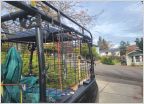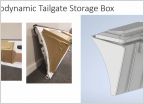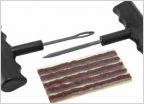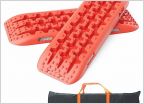-
Welcome to Tacoma World!
You are currently viewing as a guest! To get full-access, you need to register for a FREE account.
As a registered member, you’ll be able to:- Participate in all Tacoma discussion topics
- Communicate privately with other Tacoma owners from around the world
- Post your own photos in our Members Gallery
- Access all special features of the site
Painting a steel bumper: DIY write-up (with 1-year follow-up)
Discussion in 'General Tacoma Talk' started by GilbertOz, Jun 29, 2024.


 Which Floor Mats? (maybe the most boring thread ever)
Which Floor Mats? (maybe the most boring thread ever) My bed security solution
My bed security solution Aerodynamic Tailgate Storage Prototype
Aerodynamic Tailgate Storage Prototype Tire repair - Anyone attempt this on their own
Tire repair - Anyone attempt this on their own Traction board recomendations
Traction board recomendations Cracks in brake pads, should I replace?
Cracks in brake pads, should I replace?











































































